Job: Research Analyst – Intralink (Ideally, California ([but remote locations possible])
Posted by Sydney Sparrow. Click here to join the JETwit Jobs Google Group and receive job listings even sooner by email.
Position: Research Analyst, Open Innovation Group
Posted by: Intralink
Location: Ideally, California (but remote locations possible)
Contract: Full-Time
Thanks to JET alumnus, Alan Mockridge (Iwate-ken, 1992-1994) for passing along the following job opening with his organization:
Intralink is an international market expansion and corporate innovation consultancy with clients in Europe, America and East Asia. We have multiple former JETs working on our team. To support our innovation consulting work for Japanese clients as well as our group marketing activities, we are seeking a full-time Research Analyst in our Open Innovation Group.
You will work alongside project teams tasked with delivering projects for these clients, and with our sales and marketing team to support a variety of promotional activities, including:
Read MoreJob: ESL Teacher – Eszette Business Language Services (Washington D.C., USA)
Posted by Sydney Sparrow. Click here to join the JETwit Jobs Google Group and receive job listings even sooner by email.
Position: ESL Teacher
Posted by: Eszette Business Language Services
Location: Washington D.C., USA
Contract: Part-Time
Thanks to JET alumna, Tia Braham (Nara-ken, 2014-2017) for passing along the following job opening with her company:
Eszett Business Language Services is a language school that operates in about 60 countries teaching languages and providing other related services.
Our teachers work as freelancers for us and when we have a suitable program we contact you with the details and if interested, you would let us know your availability.
The program we have in Washington currently is outlined below:
Read MoreJapan-Insights: The rhythm of the ryuteki rises up to the heavens
************By Makoto Shirai, secretary, Japan-Insights Research Institute (Non-profit organization in Tokyo)
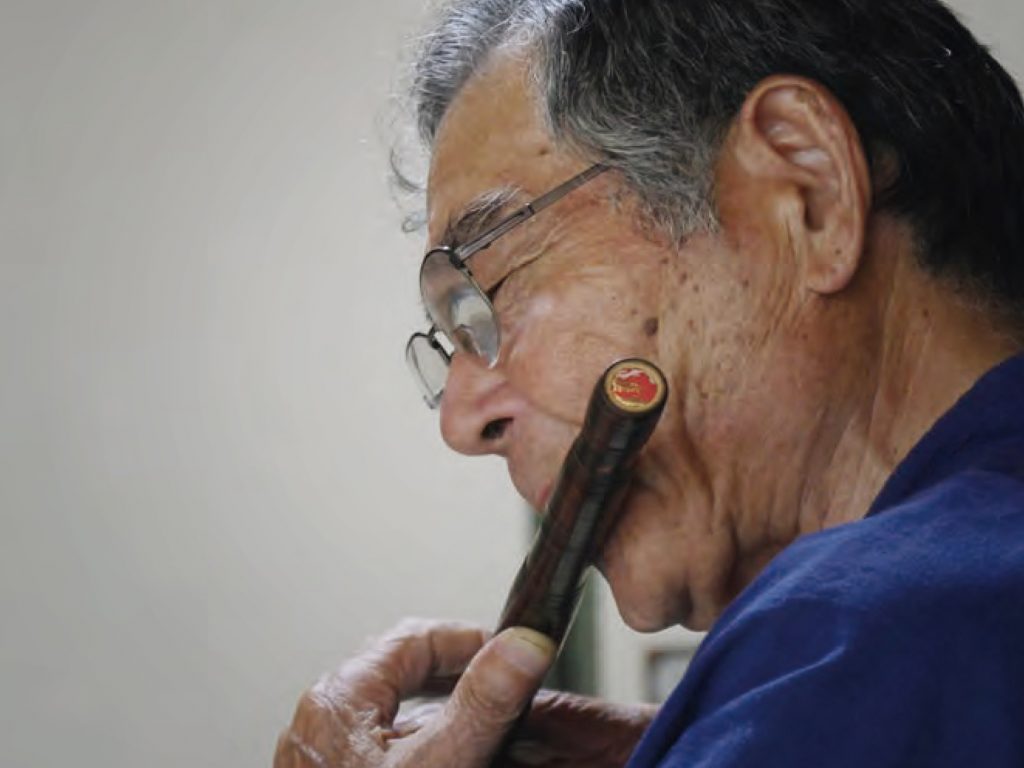
Dear Friends,
Have you heard the sound of God?
Let me introduce an essay from the Japan-Insights archives.
The twentieth one is on KAMINONE: Sound of God by Mr. Hino Tatsuo.
https://doc.japan-insights.jp/pdf/JIN_TOPIC_20200418214215.pdf
Please share this expert’s experience!
Japan-Insights is a nonprofit open database compiled by leading experts in Japanese studies. The posts present a broad range of historical and contemporary topics that encourage visitors to engage with the real Japan through immersive experiences. Follow the Facebook page and website to learn about and share these insights from around the country!”
#japan #japaneseculture #izumo
Congratulations, Dr. Dan Tinianow!
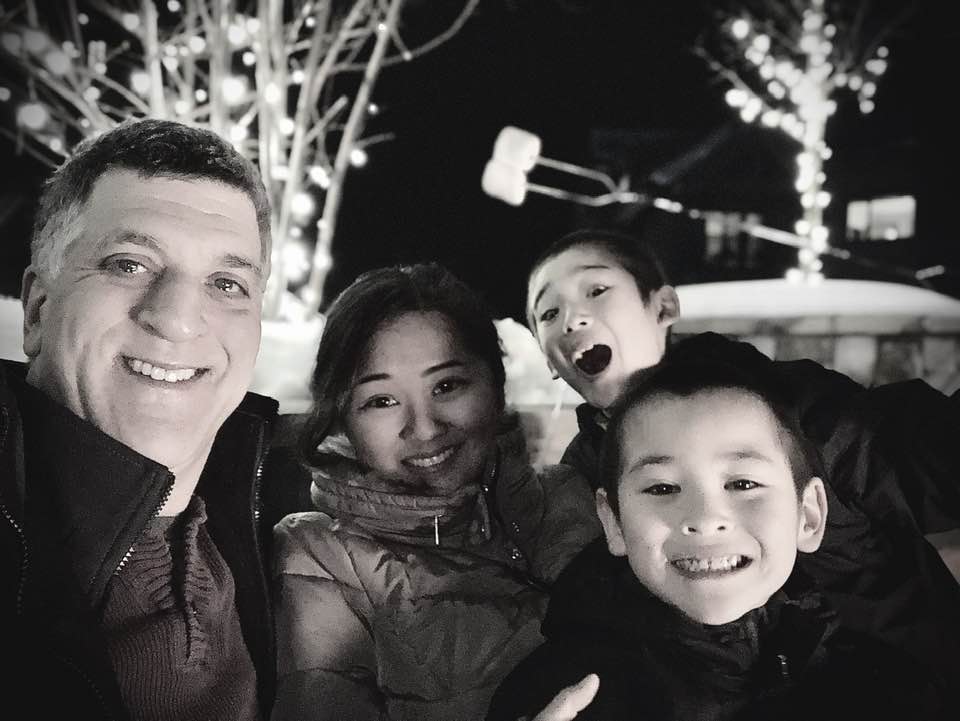
Congratulations to JET alumnus, Dr. Dan Tinianow (AET, 1987-1988) who was named Faculty of the Month at the University of Arizona Global Campus! Read the full article here.
Japan-Insights: Izumo: Land of Gods, Myths and Metals
************By Makoto Shirai, secretary, Japan-Insights Research Institute (Non-profit organization in Tokyo)
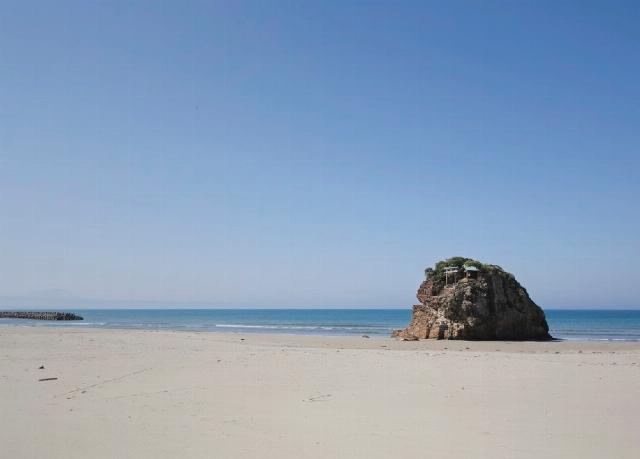
Dear Friends,
Have you visited Izumo, Land of Gods?
Let me introduce an essay from the Japan-Insights archives.
The nineteenth one is on Izumo: Land of Gods, Myths and Metals by Dr. Simon Kaner.
https://topics.japan-insights.jp/Public/pdf/japan-insights_jp/topics/JIN_SwordsBellsDragonsMyths.pdf
Please share this expert’s experience!
Japan-Insights is a nonprofit open database compiled by leading experts in Japanese studies. The posts present a broad range of historical and contemporary topics that encourage visitors to engage with the real Japan through immersive experiences. Follow the Facebook page and website to learn about and share these insights from around the country!”
#japan #japaneseculture #izumo
The Carter Center Peace Bell: JETAA Challege
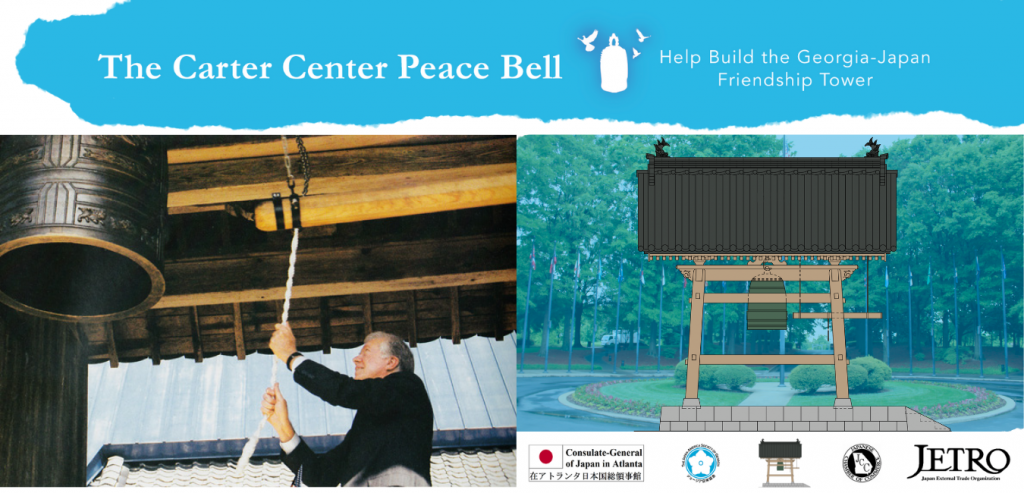
Thanks to JET alumna, Jessica Cork (CIR, Hiroshima-ken, 1997-2000) for sharing this great project that she is leading as the Chair of the Japan-America Society of Georgia.
The Japan-America Society of Georgia, Japanese Chamber of Commerce of Georgia, Consulate General of Japan in Atlanta, and Japan External Trade Organization (JETRO) Atlanta want to construct a traditional Japanese bell tower to house the Carter Center’s “Peace Bell.” The “Japan-Georgia Friendship Bell Tower” will be modeled after the bell tower at Shoganji Temple in Konu, Miyoshi City, Hiroshima Prefecture where the bell originated in Japan.
During World War II, an ordinance to collect metals was promulgated throughout Japan, and the temple bell from Shoganji Temple in Konu was supplied to the Kure Naval Arsenal. However, before the bell could be turned into bullets, the war ended. Following the war, the bell somehow ended up in England, where it resided for a time with an Englishman, James Taylor. His son, Milos Taylor, discovered the bell in 1958 while sorting through the belongings of his father in England. In 1982, Milos moved to Florida with the bell. In 1985, before returning to England, Milos put the bell up for sale. The Japanese Chamber of Commerce in Atlanta and the Consulate General of Japan in Atlanta solicited donations to purchase the bell and presented the bell on behalf of the Japanese community to President and Mrs. Carter to commemorate the construction of The Carter Center and in appreciation for President Carter’s work promoting world peace.
When Hajime Akiyama, a member of the Japanese parliament, visited The Carter Center after the bell was donated, he discovered that the bell was inscribed with the name of Shoganji Temple. So he visited Shoganji to report that their temple bell had been donated to President Carter. Shoganji was very pleased to learn that their temple bell, which they thought had been destroyed in the war, was in fact carefully preserved at The Carter Center as the “Peace Bell,” a symbol of goodwill between Japan and the United States.
This led to President Carter visiting Hiroshima twice, establishing a sister city relationship between Konu, Hiroshima and his hometown in Georgia, and Konu constructing the Jimmy Carter Civic Center, which aims to educate Japanese citizens about peace.
The website with the incredible story of the bell’s journey to the US and full project description is as follows.
https://www.jasgeorgia.org/Georgia-Japan-Peace-Bell/
The Japan-America Society of Georgia is trying to raise $300,000 to make this dream a reality. We would like to challenge JETAA to raise $25,000 and be recognized as one of the partner organizations (on all press releases, website, plaque etc).
In order for JETAA members to have their donations recognized as contributions from JETAA, please click on the sponsorship link (not the donate link).
https://www.jasgeorgia.org/event-4464101
Then select register, add email address, and then select “7. Other amount.” Put in the amount and then check off the JETAA checkbox.
The Japan Foundation, New York presents [EP10] Godzilla: A Pioneer of Global Pop Culture
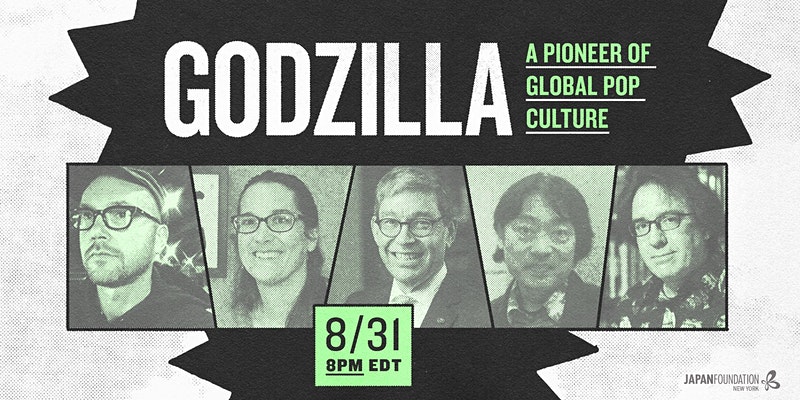
Date and time
Tue, August 31, 2021
8:00 PM – 10:00 PM EDT
About this event
For the tenth episode of our JFNY pop culture series, we will take a closer look at Godzilla, the worldwide pop culture icon, and the longest-running film franchise in world history!
Starting in 1954 with the Japanese release of Ishiro Honda’s Gojira, the franchise has since released 36 films made in Japan and in Hollywood, with new titles still being made today. Godzilla sparked the Kaiju (monster) genre, and its fandom has reached all generations and has spread all over the world.
What were some of the cultural contexts in which Godzilla was created? What does Godzilla mean to Japanese people? How was it exported to the world, and what led Godzilla to become the “King of Monsters?”
Come join our panel discussion with five Godzilla experts from both the U.S. and Japan: Bill Tsutsui, Takayuki Tatsumi, Norman England, Meghan Mettler and Steve Ryfle as they explore the history of Godzilla and discuss its universal appeal.
Poll:
★ What is your favorite title from Godzilla series? ★
Please let us know what your favorite title is on the Eventbrite page when you register! We will announce the results of the poll during the event, and discuss it with the panelists.
Q&A:
The discussion will be followed by a live Q&A. Along with answering the poll, now is your chance to ask the experts your questions about Godzilla! Please ask your question when you register. Live commentary will also be enabled on the YouTube stream, so you can participate in the Q&A session live as well.
This is a FREE event. Registrants will receive the link to the stream via email.
We look forward to seeing you there!
Registration Link: https://www.eventbrite.com/e/ep10-godzilla-a-pioneer-of-global-pop-culture-tickets-163917051313
Twitter: https://twitter.com/JF_NewYork/status/1420398650702843904?s=20
Japan-Insights: A visit to three family-run businesses in Toyama prefecture
************By Makoto Shirai, secretary, Japan-Insights Research Institute (Non-profit organization in Tokyo)
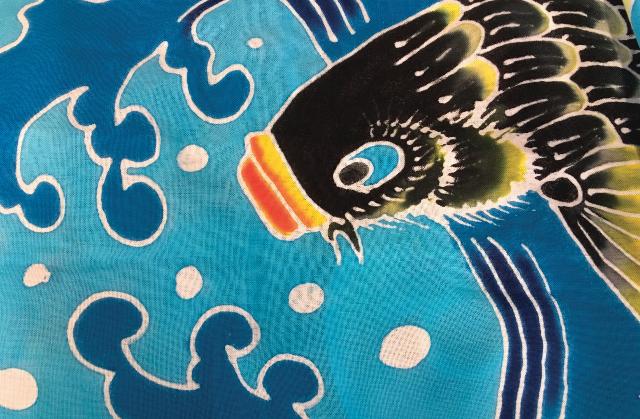
Dear Friends,
Have you experienced Japanese cuisine in Toyama?
Let me introduce an essay from the Japan-Insights archives.
The eighteenth one is on Japanese Food Artisans by Ms. Susan Ellicott.
https://topics.japan-insights.jp/Public/pdf/japan-insights_jp/topics/JIN_TraditionalFoodArtisans.pdf
Please share this expert’s experience!
Japan-Insights is a nonprofit open database compiled by leading experts in Japanese studies. The posts present a broad range of historical and contemporary topics that encourage visitors to engage with the real Japan through immersive experiences. Follow the Facebook page and website to learn about and share these insights from around the country!”
#japan #japaneseculture #toyama
JETAA Podcast Beat
JETAA Podcast Beat is a weekly round-up of current JET and JET alumni podcasts and podcast appearances compiled by Emmalee Manes (Toyama-ken, 2016-19)
Do you have a podcast or did you recently appear in a podcast? Help us share it with the community by filling out this form.
Welcome to the JETAA Podcast Beat! I hope the beat will be a great way for everyone to stay updated on JET alumni as well as current JET involvement in podcasts. If you have the chance, please enjoy listening to one of these recent episodes this week!
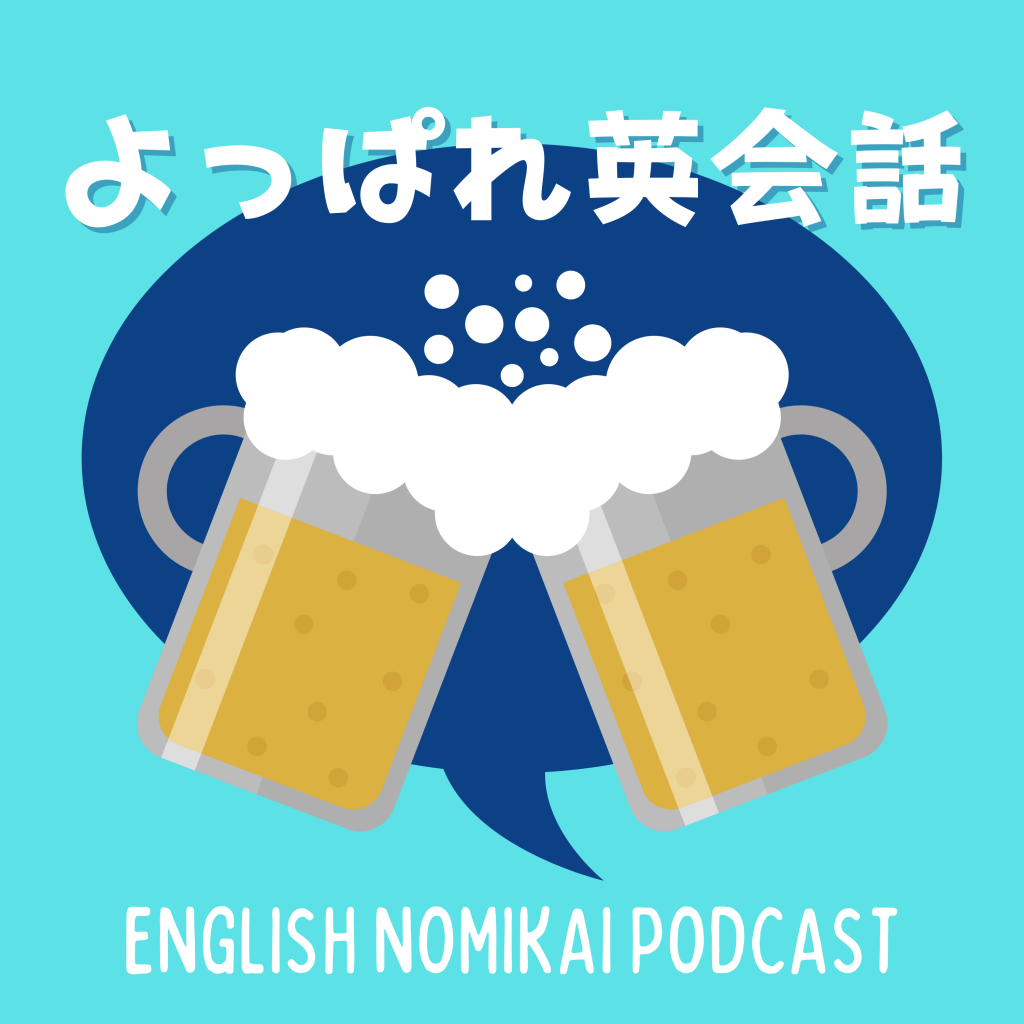
よっぱれい英会話 English Nomikai Podcast
In this eikaiwa podcast targeted to Japanese English-learners, Emmalee Manes (Toyama-ken, 2016-19) talks to fellow JET alumni, current JETs, and Japanese English teachers and friends about cultural differences between Japan and their home countries (all while sharing some drinks!)
Emmalee and Shota talk about the language-learning app “Hellotalk” and how they use it. Shota shares the topics he usually posts about, including memes, American sports, and music.
インスタ: @yoppareikaiwa
Shotaのブログ: https://www.samuraitanuki.com/
是非、インスタでメッセージをください〜

Reinventing Professionals
This podcast hosted by Ari Kaplan (Hyogo-ken, 1993-94) is designed to offer ideas, guidance, and perspectives on how to effectively navigate a perpetually shifting professional landscape, with a unique focus on the legal industry and the technology that is driving its evolution.
Attracting Talent in a Competitive Market
I spoke with Michael Ellenhorn, the founder and CEO of Decipher Investigative Intelligence, a firm that develops actionable intelligence to guide law firms in developing successful lateral hiring programs and strategies. We discussed the current market in law firm hiring, how law firms are searching for fully or partially remote positions, best practices for law firm leaders to attract talent, and how hiring is evolving.

USLawEssentials Law & Language
The USLawEssentials Law & Language Podcast, co-hosted by Stephen Horowitz (Aichi-ken, 1992-94) helps non-native English speaking lawyers and law students improve their English and better understand US law and American legal culture. Many of these short episodes are tied to a legal news event or case in the United States. Others include interviews with multilingual lawyers (including a number of JET alumni.) The shows are hosted by attorneys experienced teaching US law and legal English to students and lawyers from around the world.
The USLawEssentials Law & Language Podcast continues its What’s New in the Legal News series with a case about …. tuna! Or allegedly missing tuna. Daniel Edelson introduces a recent news story about plaintiffs who sued a restaurant franchise for mislabeling its tuna sandwich. And Stephen Horowitz tells us about his favorite hoagie restaurant.
If you’re hungry for legal English, or just hungry to know more about hoagies, subs, class action lawsuits, and detecting tuna DNA, you’ll enjoy this episode.
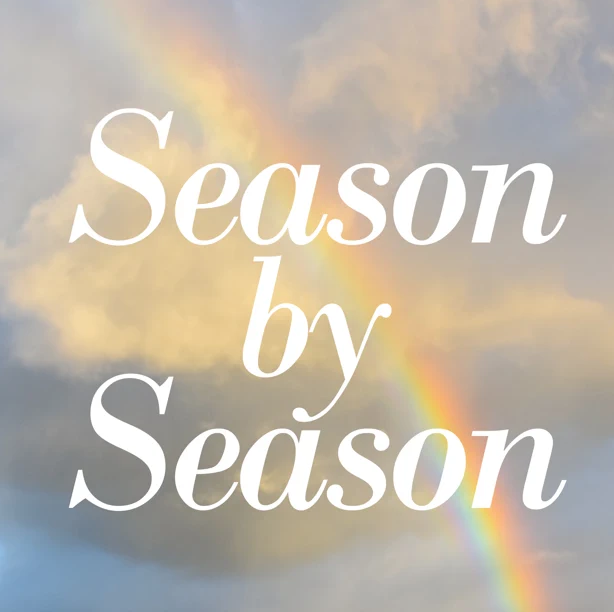
Season by Season
Join Alexis (Shimane-ken, 2009-11) and Kit, lifelong friends who now live on opposite coasts, as they explore poetry, music, and sound on a journey through the rhythm of nature expressed by the seasons.
This balmy episode features special guest Elijah Sobel, discussing swimming holes. Alexis and Kit chill out by finding ways to stay cool during record-breaking hot temperatures, focusing on “cooling things” such as iced tea, goldfish, and “uchimizu.” In Hiro’s Corner, a refreshing look at the coolness of far-away twinkling lights.

Design Future Now
How is design changing as a discipline and profession? How do we face these opportunities as a community? AIGA’s Lee-Sean Huang (Oita-ken, 2003-06) explores these questions and more with creative practitioners and leaders.
Navigating the disruptions in design education with Lefteris Heretakis
This episode is adapted from a livestreamed conversation between Lee-Sean Huang and Lefteris Heretakis on the challenges and opportunities in design education.
Lefteris Heretakis is a designer and lecturer. Since 1996, Lefteris has worked as a visual communicator with a wide range of clients ranging from startups to multinationals.
He’s currently teaching design at IE University in Madrid Spain. His reflexive research is focused on the real-world challenges in education and the unprecedented shifts that have taken place over the past 20 years.
Lefteris is also the host of two podcasts: the Design Education Talks podcast by the New Art School and the Designer Talks Podcast by the Chartered Society of Designers.
And also since 2019, Lefteris has been organizing the Design Education Forum, a two-day international event that brings practitioners from all over the world to share their experiences teaching art and design.
Watch the video recording of the original, unedited livestream interview: https://www.youtube.com/watch?v=LOFuk_GIyLA
JETAA Podcast Beat
JETAA Podcast Beat is a weekly round-up of current JET and JET alumni podcasts and podcast appearances compiled by Emmalee Manes (Toyama-ken, 2016-19)
Do you have a podcast or did you recently appear in a podcast? Help us share it with the community by filling out this form.
Welcome to the JETAA Podcast Beat! I hope the beat will be a great way for everyone to stay updated on JET alumni as well as current JET involvement in podcasts. If you have the chance, please enjoy listening to one of these recent episodes this week!

Reinventing Professionals
This podcast hosted by Ari Kaplan (Hyogo-ken, 1993-94) is designed to offer ideas, guidance, and perspectives on how to effectively navigate a perpetually shifting professional landscape, with a unique focus on the legal industry and the technology that is driving its evolution.
The Future of Litigation Workflow
I spoke with Erez Bustan, the CEO of American LegalNet, a leading cloud and mobile litigation platform. We discussed the launch of ALN Cloud, the company’s new report (on which I was privileged to collaborate) – The Future of Litigation Workflow: Reimagining Technology and Process in the Next Decade, how litigation will change in a post-pandemic environment.

USLawEssentials Law & Language
The USLawEssentials Law & Language Podcast, co-hosted by Stephen Horowitz (Aichi-ken, 1992-94) helps non-native English speaking lawyers and law students improve their English and better understand US law and American legal culture. Many of these short episodes are tied to a legal news event or case in the United States. Others include interviews with multilingual lawyers (including a number of JET alumni.) The shows are hosted by attorneys experienced teaching US law and legal English to students and lawyers from around the world.
The Multilingual Lawyer: Joshua Alter
USLawEssentials Law & Language podcast continues its series of interviews with multilingual lawyers. In this episode, Stephen Horowitz interviews Joshua Alter. Joshua discusses his specialized courses for international students enrolling in LLM programs in the United States and also provides invaluable suggestions on how international students can improve their chances of success in US law schools. This is a “must-hear” episode for students and attorneys from countries other than the United States interested in selecting a US legal program that meets their educational and professional goals.
Job: Program Coordinator – Ashinaga Uganda (Kampala, Uganda)
Posted by Sydney Sparrow. Click here to join the JETwit Jobs Google Group and receive job listings even sooner by email.
Position: Program Coordinator
Posted by: Ashinaga Uganda
Location: Kampala, Uganda
Contract: Full-Time
Thanks to JET alumna, Jennifer Butler (Shizuoka-ken, 2001-2004) for passing along the below opportunity with her organization, Ashinaga. Please note that the deadline to apply is July 30th (Uganda time).
Application Process: For more information and to apply, please view the document below.
Job: English Teacher – CLAIR Tokyo (Osaka, Japan)
Posted by Sydney Sparrow. Click here to join the JETwit Jobs Google Group and receive job listings even sooner by email.
Position: English Teacher
Posted by: CLAIR Tokyo
Location: Osaka, Japan
Contract: Full-Time
Here’s a job received from CLAIR Tokyo:
〇ネイティブ英語教員採用選考について
Application Process: For more information and to apply, please click here.
Application Deadline: Wednesday, August 25th, 2021 at 6 p.m. (Japan Standard Time)
Japan-Insights: Experiencing the diversity of food in Japan’s other great city
************By Makoto Shirai, secretary, Japan-Insights Research Institute (Non-profit organization in Tokyo)
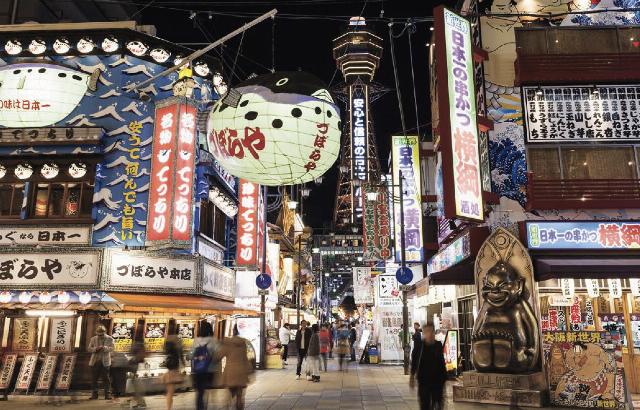
Dear Friends,
Have you experienced the diversity of Japanese food?
Let me introduce an essay from Japan-Insights archives.
The seventeenth one is on Eating and Slurping in Osaka by Dr. Barak Kushner.
https://topics.japan-insights.jp/Public/pdf/japan-insights_jp/topics/JIN_EatingInOsaka.pdf
Please share this expert’s experience!
Japan-Insights is a nonprofit open database compiled by leading experts in Japanese studies. The posts present a broad range of historical and contemporary topics that encourage visitors to engage with the real Japan through immersive experiences. Follow the Facebook page and website to learn about and share these insights from around the country!”
#japan #japaneseculture #osaka
Writing Beat: Cristy Burne
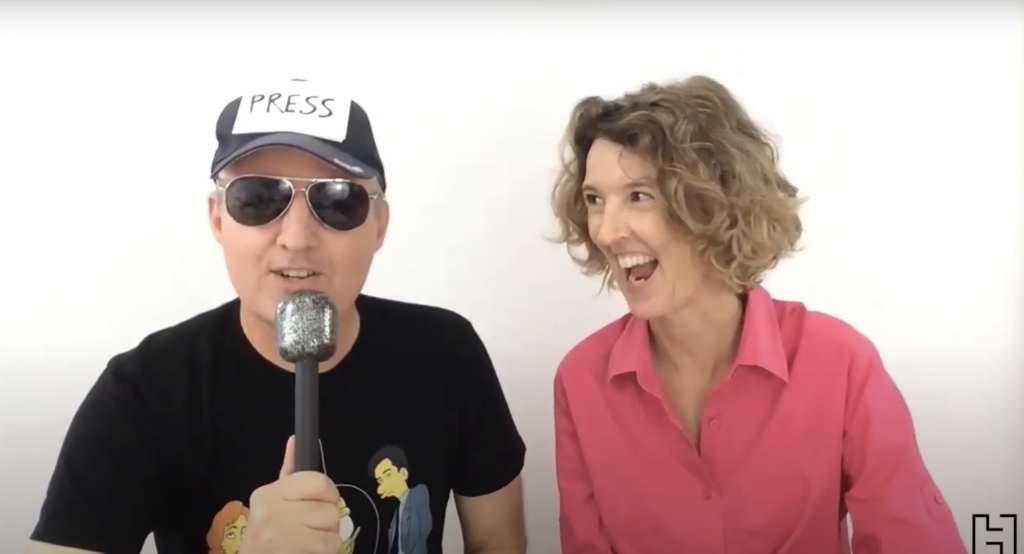
Check out this interview by Joe Lunchbox featuring award-winning children’s author and Australian JET alumna, Cristy Burne (Kawanishi-shi, Hyogo-ken, 1998-2000). They talk about Cristy’s newest book: Wednesday Weeks and the Tower of Shadow. You can view the full interview here: https://www.youtube.com/watch?v=fNMnkfO8oko
Erased: My Favorite Anime
By Jack McDonough, 2021 prospective JET
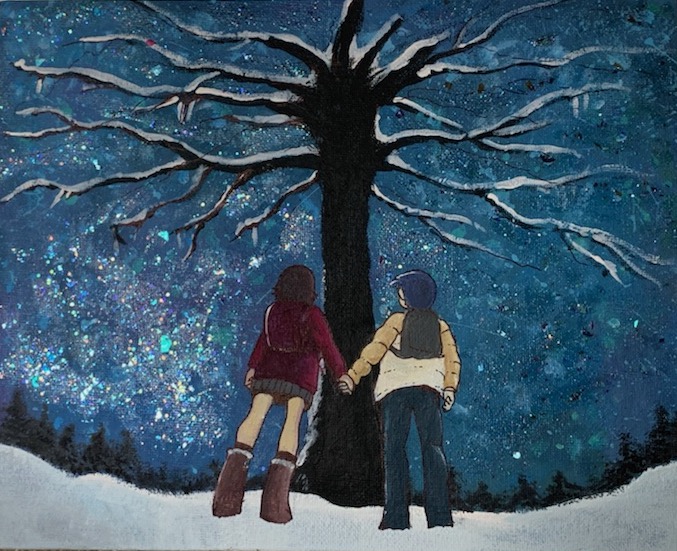
Think of something you regret; one thing that gnaws away at you; if only you could change it. What if you could? What if you had that chance to go back in time and change the past? Now imagine that your choices concern life and death matters, and you can only go back in time when someone is dead or dying: specifically the deaths of your mother and childhood classmate are riding on matters that are seemingly benign. Erased explores that reality.
Boku Dake ga Inai Machi (“The Town Where Only I am Missing”) is a mystery/thriller manga written by Kei Snabe and published by Kadokawa Shoten from June 2012 to March 2016. Erased is the anime adaptation that follows Satoru Fujinuma and his “revival(s)” (called “rerun” in Japanese), where Satoru is sent back in time involuntarily when someone near him dies; he sees a blue butterfly, and his consciousness is sent back into the past. Despite his power, Satoru is a failing mangaka who works at a pizzeria and lives alone in a cramped Chiba apartment; his only friend being Airi Katagiri, who is his coworker at Oasi Pizza. Out of the blue, his estranged mother, Sachiko, comes to visit him. After leaving his mother in his apartment, he comes back later and finds her murdered. A blue butterfly flies in front of him and he is sent back to 1988; back to his 5th-grade self.
Erased has a lot going for it in addition to the interesting plot. The soundtrack for the show is perfect and Satoru’s determination motif is reason enough to binge the anime. The music, written by Yuki Kaijura, adds an air of mystery, wonder, and sorrow that is unlike anything else you’ve heard before. Asian Kung-Fu Generation performs the intro song to the anime, which is one of the best openings to an anime out there. In terms of direction, Director Tomohiko Itou’s masterful attention to detail turns every scene into an art piece. Now that I’ve convinced you to watch the show, look out for the scene between Satoru and Kayo in the park. Every interaction between the characters offers more than mere plot progression or comedic relief; the depictions of friendship, family, and despair feel real and will hit you where it hurts.
Erased is my favorite anime. The show has a controversial place in the anime community: some think the plot was too generic and that the ending was unsatisfactory. I disagree, but I do see why they have that opinion. The anime and manga do differ in their endings, so if you do wish for a different ending, you can always check out the manga. Without spoiling the ending, while I wasn’t particularly surprised, I felt that the mystery is just the hook; the real meat of the story is Satoru’s relationship with Airi, Sachiko, and Kayo. Erased is more than just a time-travel mystery, it’s about a man who failed in his relationships, whether in small choices or big acts and what he does when he gets the chance for reconciliation. Satoru gets to go back and spend time with the people he loves the most; he gets to relive those precious, little moments that we all take for granted. He learns that he should’ve stopped and appreciated those times. You can’t go back in time. You can’t relive those moments, so learn from Satoru’s mistakes and cherish every minute.

